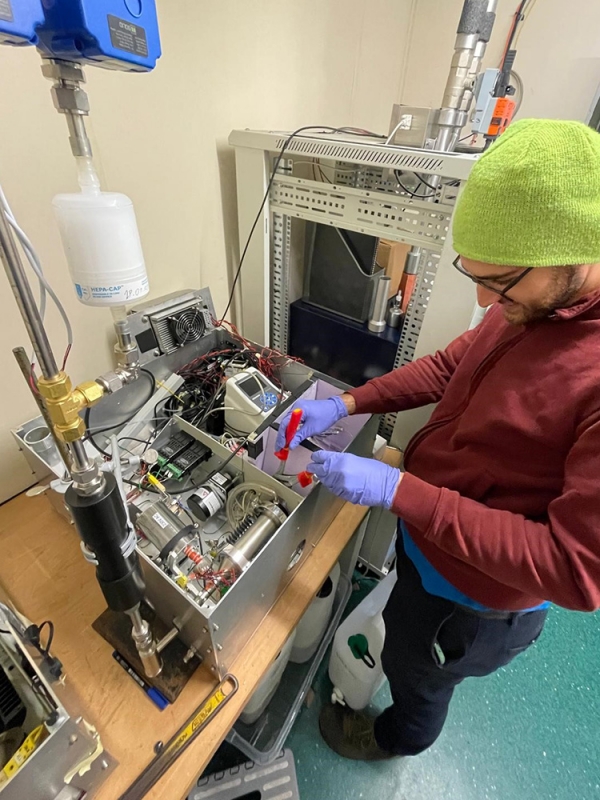From chronic respiratory problems to cardiovascular diseases, diabetes and dementia, health damage caused by particulate matter air pollution is wide-ranging and serious. The World Health Organization (WHO) estimates that over six million deaths a year are caused by increased exposure to particulate matter. The chemical composition of these tiny particles in the air, which come from a wide range of both anthropogenic and natural sources, is highly complex. Which particles trigger which reactions and long-term diseases in the body is the subject of intensive research.
This research focuses on particularly reactive components known to experts as oxygen radicals or reactive oxygen species. These compounds can oxidize biomolecules inside and on the surface of cells in the respiratory tract, damaging them and in turn triggering inflammatory responses that impact the entire body.
Experts previously collected the particular matter on filters and analyzed the particles following a delay of days or weeks. “Since these oxygen-containing radicals react with other molecules so quickly, they should be measured without delay,” says atmospheric scientist Professor Markus Kalberer, explaining the idea behind the study that he and his team recently published in Science Advances.
NASA's Curiosity rover reveals the dusty landscape of Mars in this selfie. (Photo Credit: NASA/JPL-Caltech/MSSS)
Health Sci/Tech Top Stories Pollution

